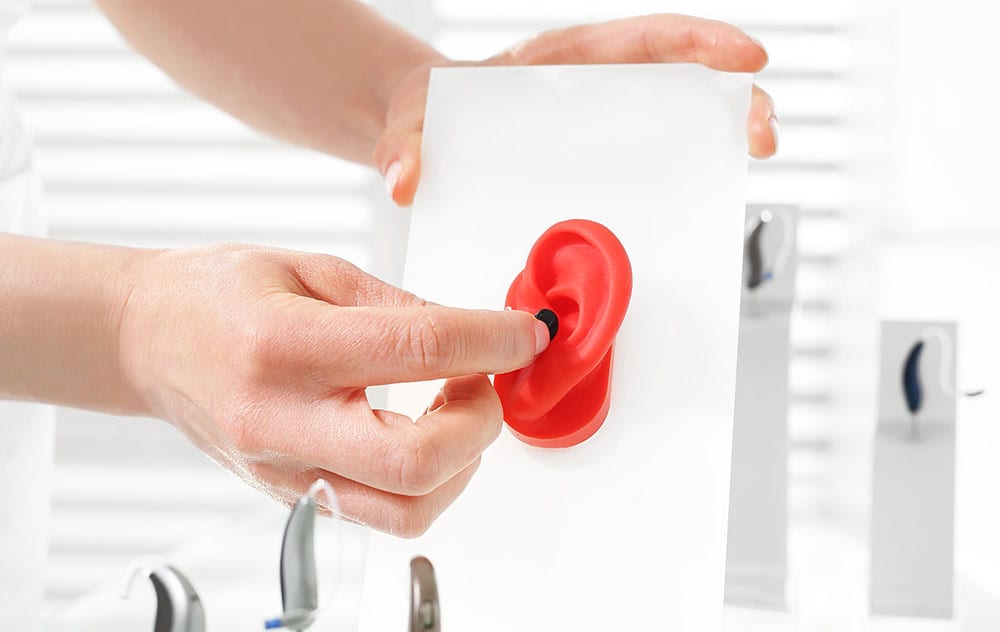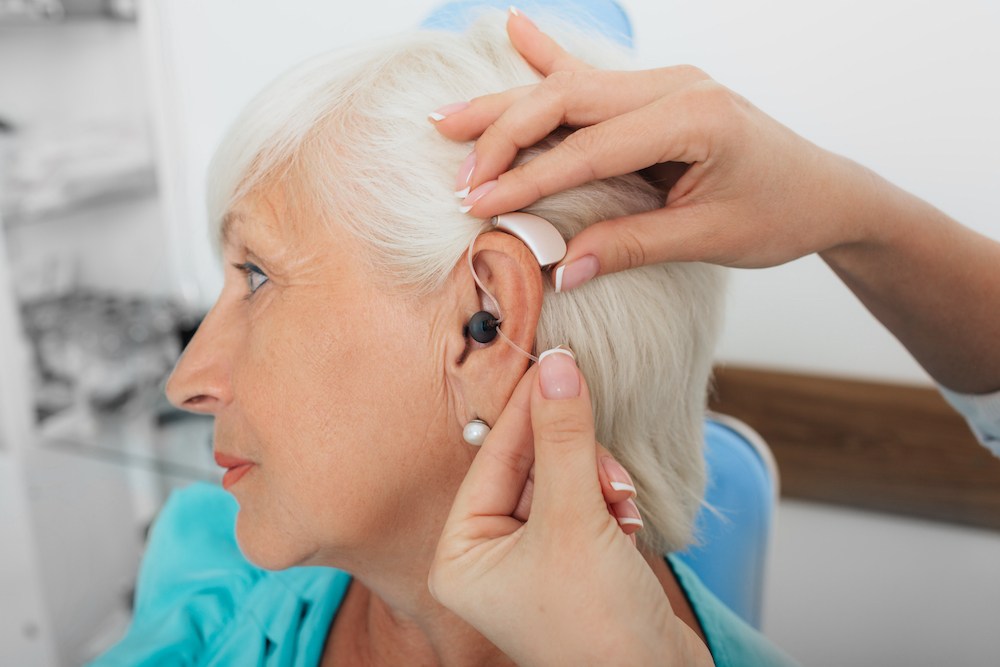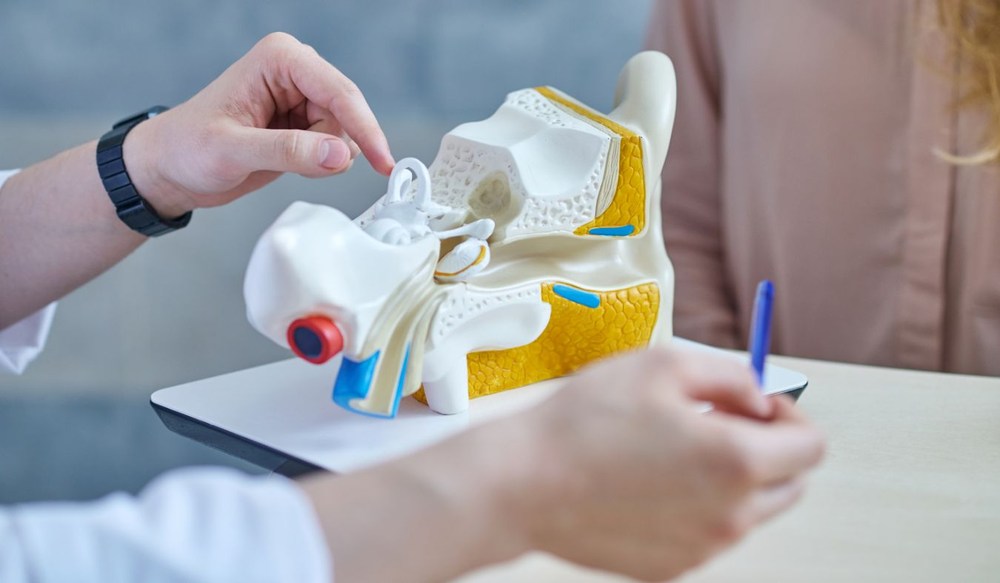Hearing Aid Innovations: What’s New in 2025?
Hearing aid technology has made significant progress in recent years, and
Make every holiday moment count—unwrap the joy of hearing and celebrate every laugh and cheer! Learn More→


Hearing aid technology has made significant progress in recent years, and

Warm weather brings a busier social calendar filled with outdoor concerts,

In today’s world of health gadgets and DIY solutions, at-home